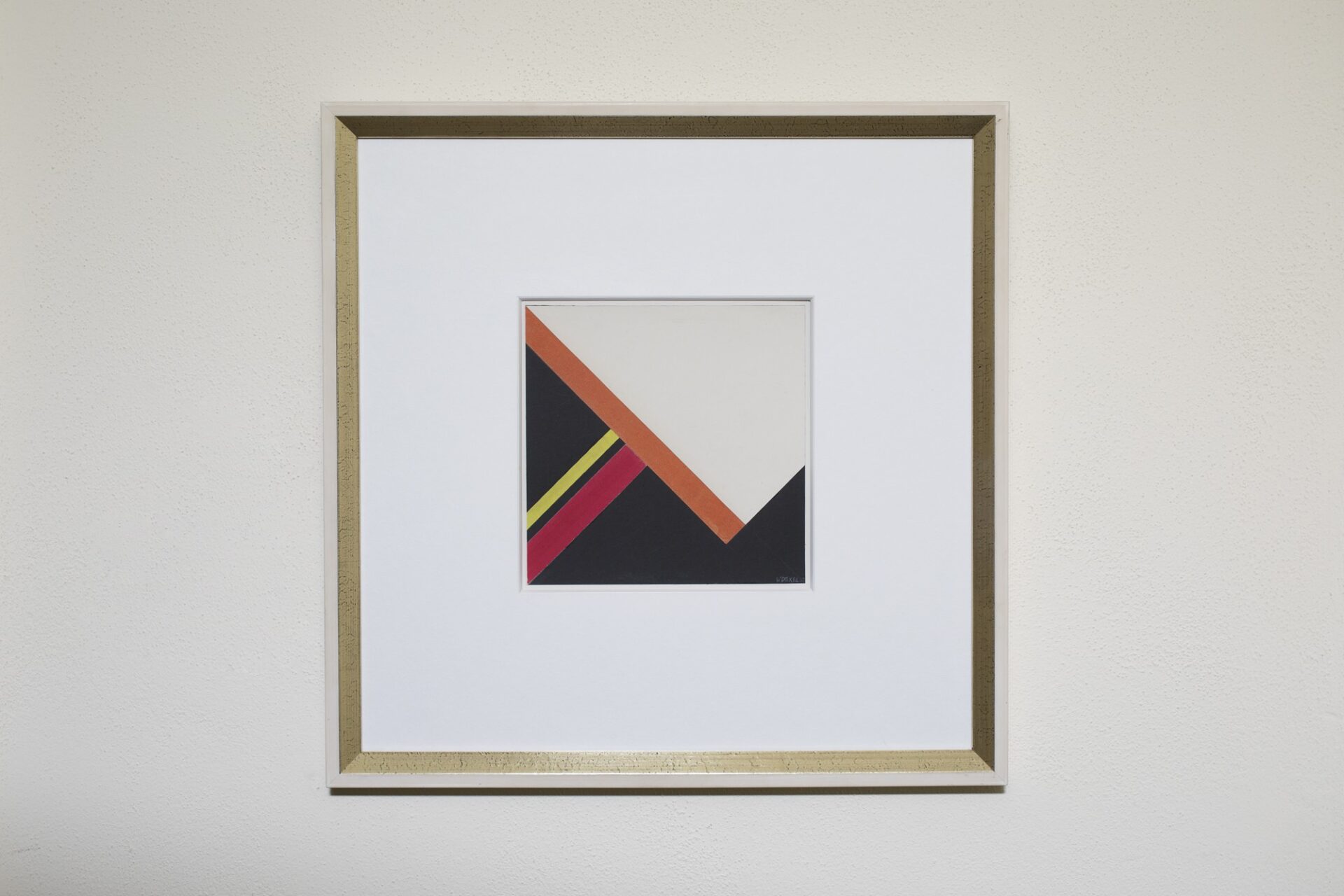Walter Dexel was a German scholar, artist, curator, and designer. In his capacity as art director at the Art Union in Jena, Germany, he came into contact with a large number of artists, such as Jean Arp and Sophie Taeuber-Arp, Karl Peter Röhl, El Lissitzky, Theo van Doesburg, Kurt Schwitters, Walter Gropius, and Paul Klee, among others, and was generally closely associated with the Bauhaus.1 In the late 1920s, Dexel created stage sets for plays written by Bertolt Brecht and André Gide.2
In addition to his work as an artist, Dexel was also an accomplished typographer, teaching graphic design in Magdeburg, Germany, from 1936 to 1942, and at the Berlin-Schöneberg National School of Art. Dexel was also a member of the ring neue Werbegestalter (Circle of New Advertising Designers), a group of nine artists who were also active as advertising designers, founded by Kurt Schwitters.
Donald Judd included a copy of Walter Dexel: Neue Reklame (Düsseldorf: Edition Marzona, 1987) in his library in Marfa, Texas. It is the only publication dedicated to Dexel’s work as a graphic designer.
